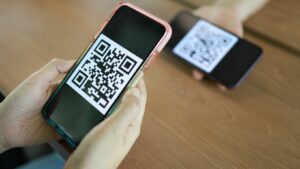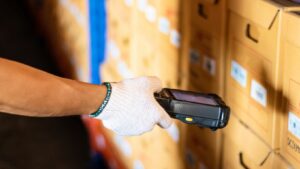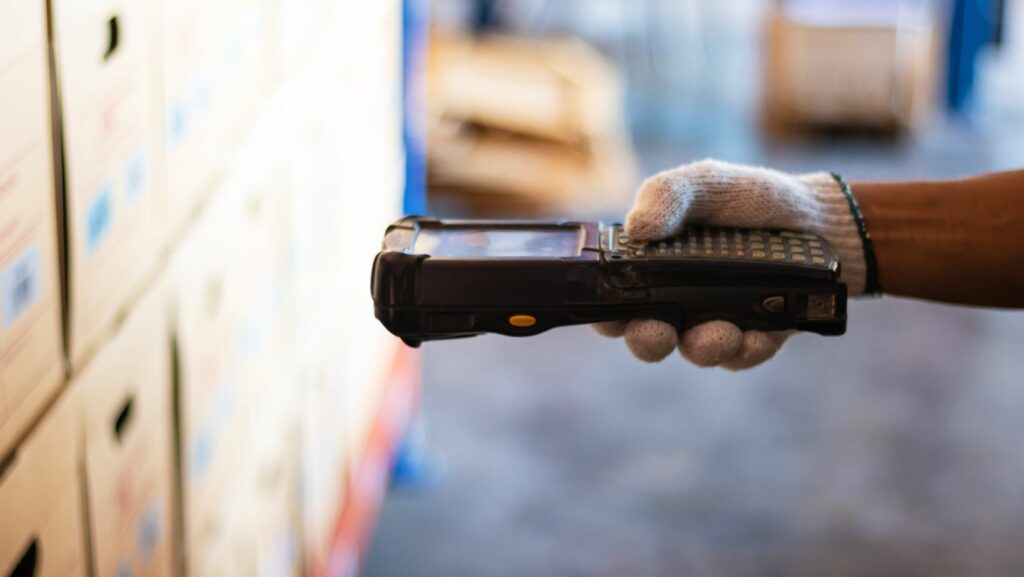In today’s fast-paced retail and logistics environments, barcode scanners are indispensable tools for streamlining operations and ensuring accuracy. These devices have evolved significantly, offering a variety of types to meet diverse business needs. From handheld models to sophisticated fixed-mount systems, each type of barcode scanner brings unique advantages.
Understanding the different types of barcode scanners can help businesses choose the right technology for their specific applications. Whether it’s improving inventory management or speeding up checkout processes, the right scanner can make a world of difference. Let’s explore the various types and their key features to help you make an informed decision.
Barcode Scanner Types

Barcode scanners come in several types, each suited for different applications. The main barcode scanner types include handheld, fixed-mount, presentation, and mobile computers. Understanding these types helps businesses choose the right technology for their needs.
Handheld barcode scanners are versatile and easy to use. Users simply point the scanner at the barcode and pull the trigger to capture data. They are ideal for retail stores, warehouses, and shipping departments. Common examples include laser scanners and CCD (charge-coupled device) scanners. Laser scanners are known for their precision, while CCD scanners offer durability and require less maintenance.
Fixed-Mount Barcode Scanners
Fixed-mount barcode scanners are stationary devices typically used on production lines and kiosks. These scanners automatically read barcodes as items pass by them. They are often employed in factories and distribution centers where high-speed scanning is required. Examples include industrial laser scanners and camera-based scanners. Industrial laser scanners can handle high-speed operations, and camera-based scanners offer the ability to read both 1D and 2D barcodes.
Handheld Barcode Scanners

Handheld barcode scanners enhance efficiency in retail and warehouse settings. They are easy to use and offer quick barcode reading capabilities.Laser scanners use a laser beam to read barcodes. They offer precise scanning even from a distance, making them ideal for retail stores with large items. For instance, grocery stores often use laser scanners at checkout counters to quickly process items.
CCD scanners, or Charge-Coupled Device scanners, capture barcodes using an array of tiny light sensors. These scanners are durable and can read barcodes on curved or uneven surfaces. Electronics stores frequently use CCD scanners due to their ability to handle delicate items.
Imager Scanners
Imager scanners capture images of barcodes and decode them using sophisticated algorithms. These scanners excel in reading damaged or poorly printed barcodes. Pharmaceutical companies benefit from imager scanners’ accuracy in tracking medical supplies.Handheld barcode scanners address diverse operational demands, enhancing productivity and accuracy across various sectors.
Wearable Barcode Scanners

Wearable barcode scanners improve efficiency and ergonomics by allowing hands-free operation. They integrate seamlessly into workflows requiring constant item handling, such as in fulfillment centers and warehouses. These devices, worn on the wrist or finger, capture barcodes with built-in scanners or connected ring scanners.
Wearable barcode scanners offer benefits such as enhanced productivity and reduced fatigue. Workers can scan items more swiftly—and without needing to pick up a handheld device—boosting overall throughput. For example, the Zebra WT6000 pairs with the RS6000 ring scanner to enable rapid scanning in logistics operations, while Honeywell’s 8670 Wireless Ring Scanner offers high-performance scanning in a lightweight design.
These scanners typically include wireless capabilities for real-time data transmission. They often use Bluetooth or Wi-Fi to connect with other systems, ensuring seamless integration into existing infrastructures. Wearable scanners, like the ProGlove Mark 2, offer extended battery life and robust connectivity, making them suitable for long shifts in demanding environments.
Industries adopting wearable barcode scanners notice improved accuracy in inventory management. The continuous use of these devices helps reduce miscounts and errors. For instance, in e-commerce, the use of wearable scanners accelerates order picking processes, ensuring quick and accurate fulfillment.Wearable barcode scanners support various barcode symbologies and offer robust performance. They can read 1D, 2D, and even damaged barcodes, thus enhancing operational reliability. Models like the Datalogic HandScanner can decode complex barcodes quickly, aiding in efficient workflows.

